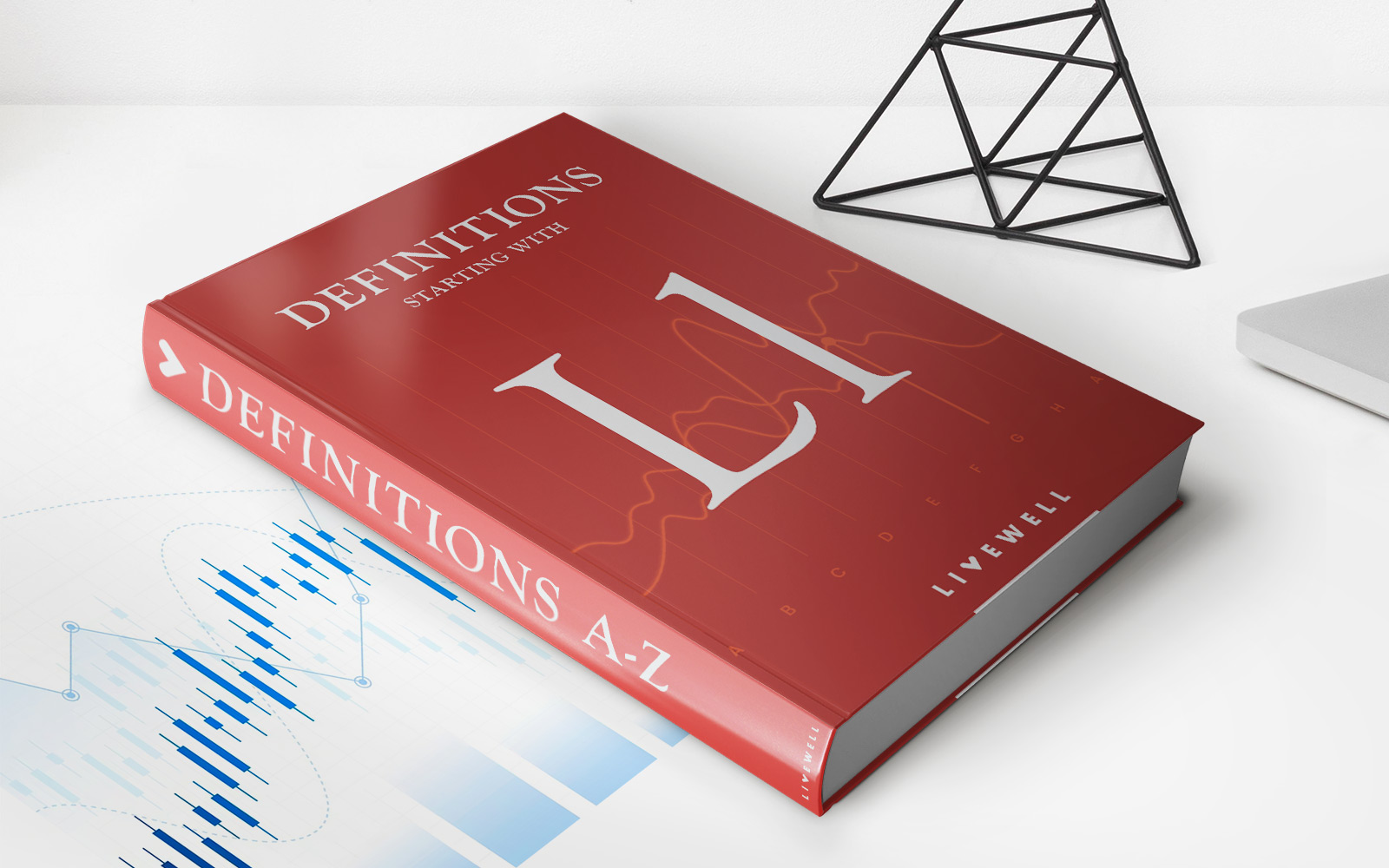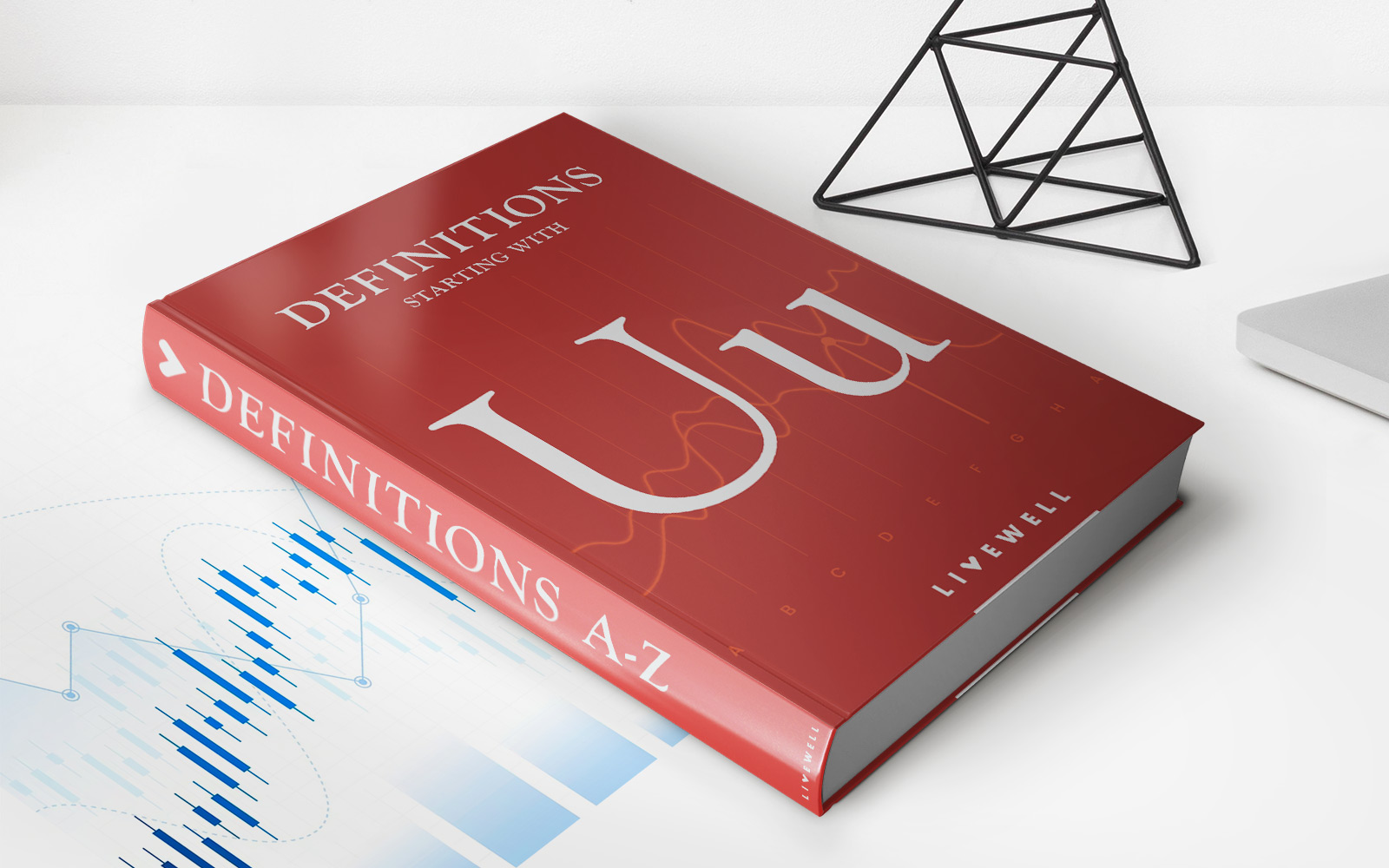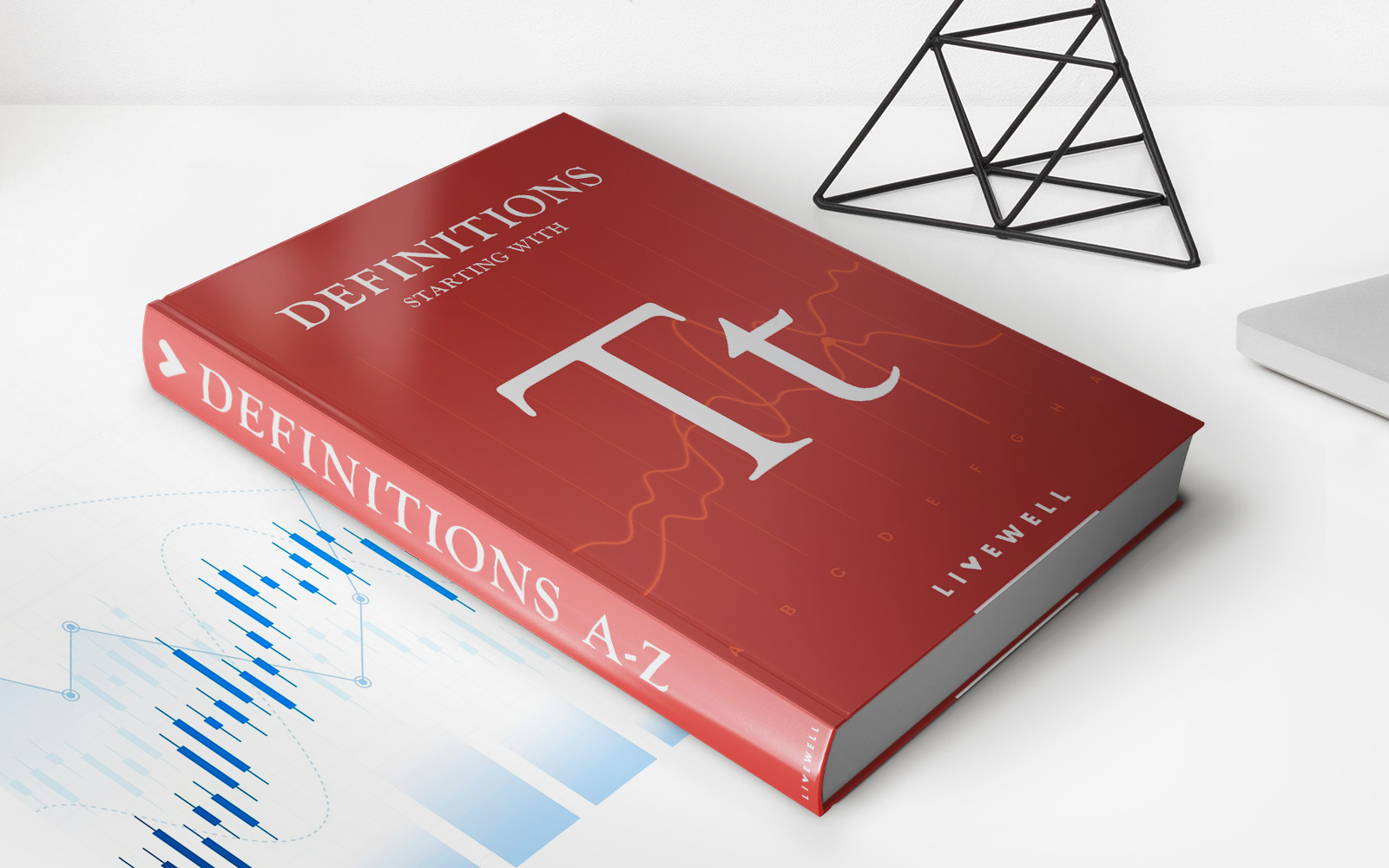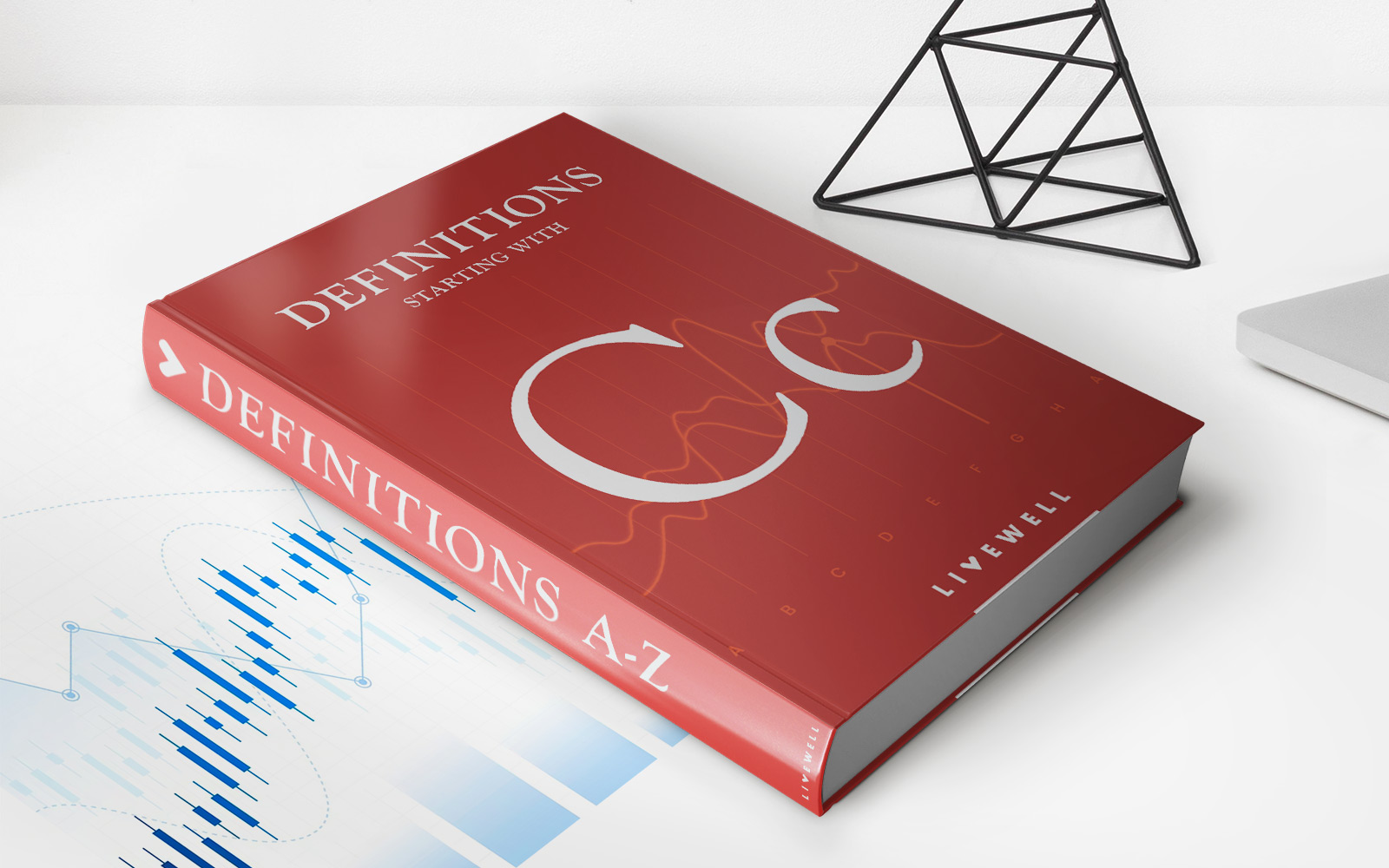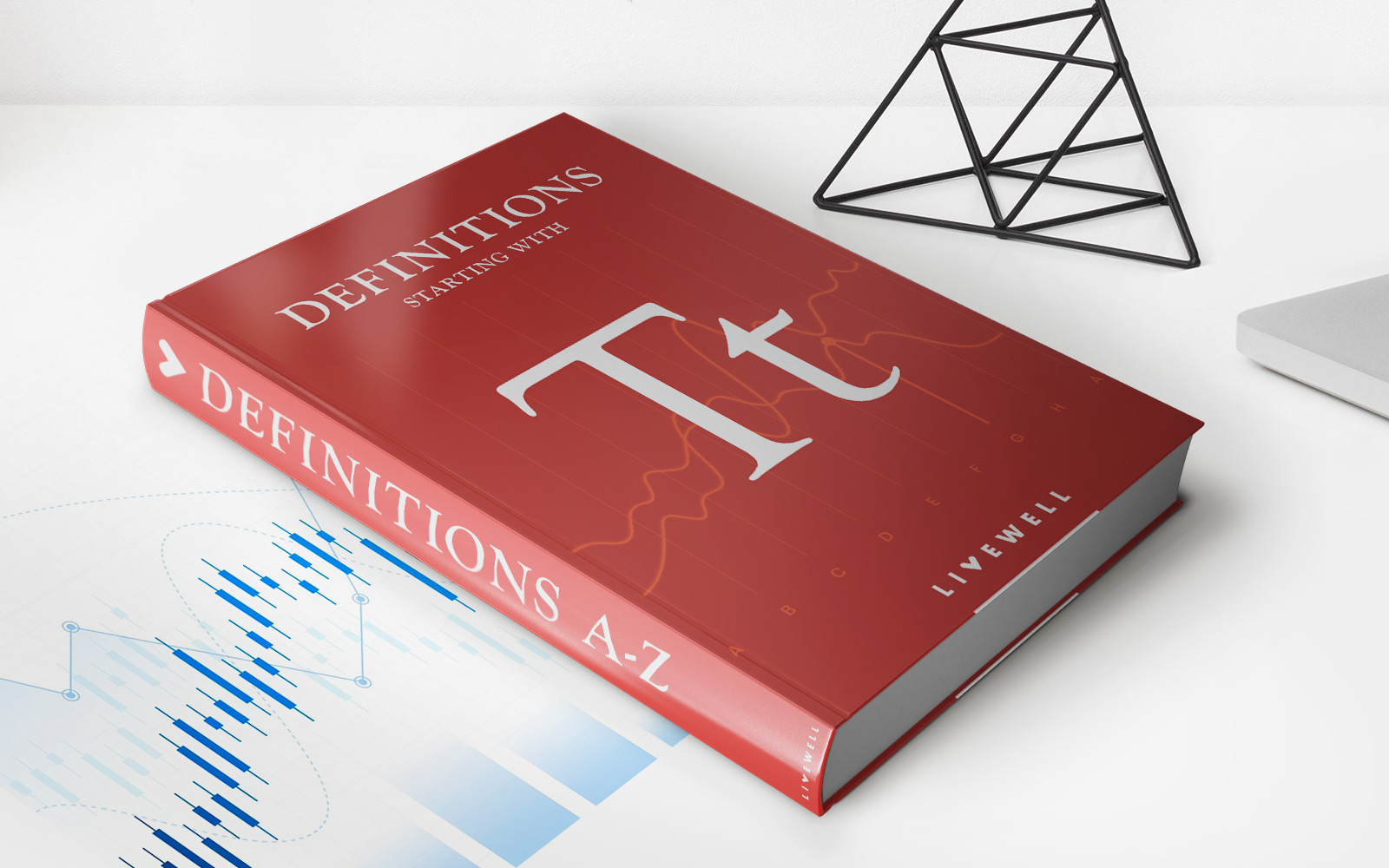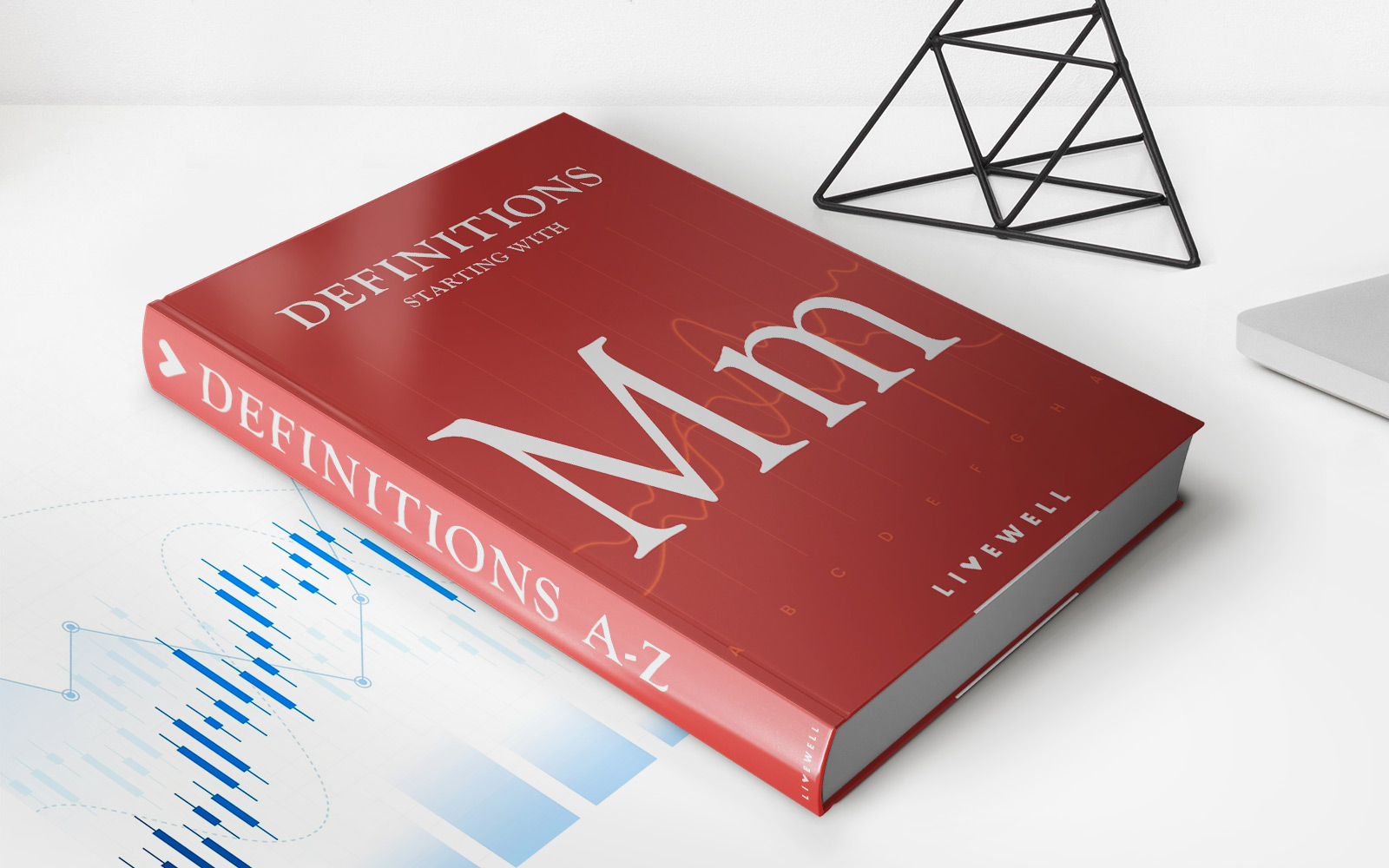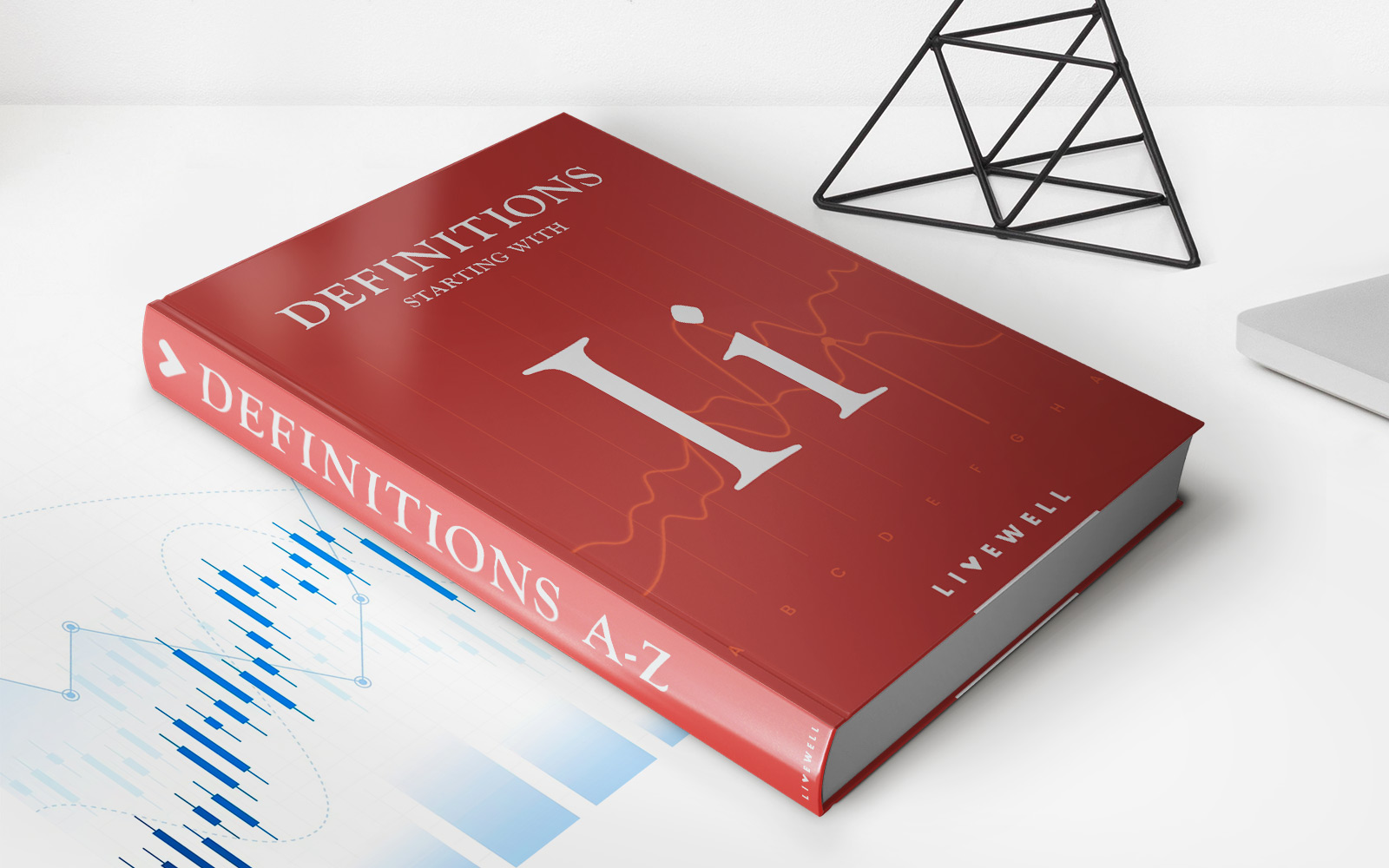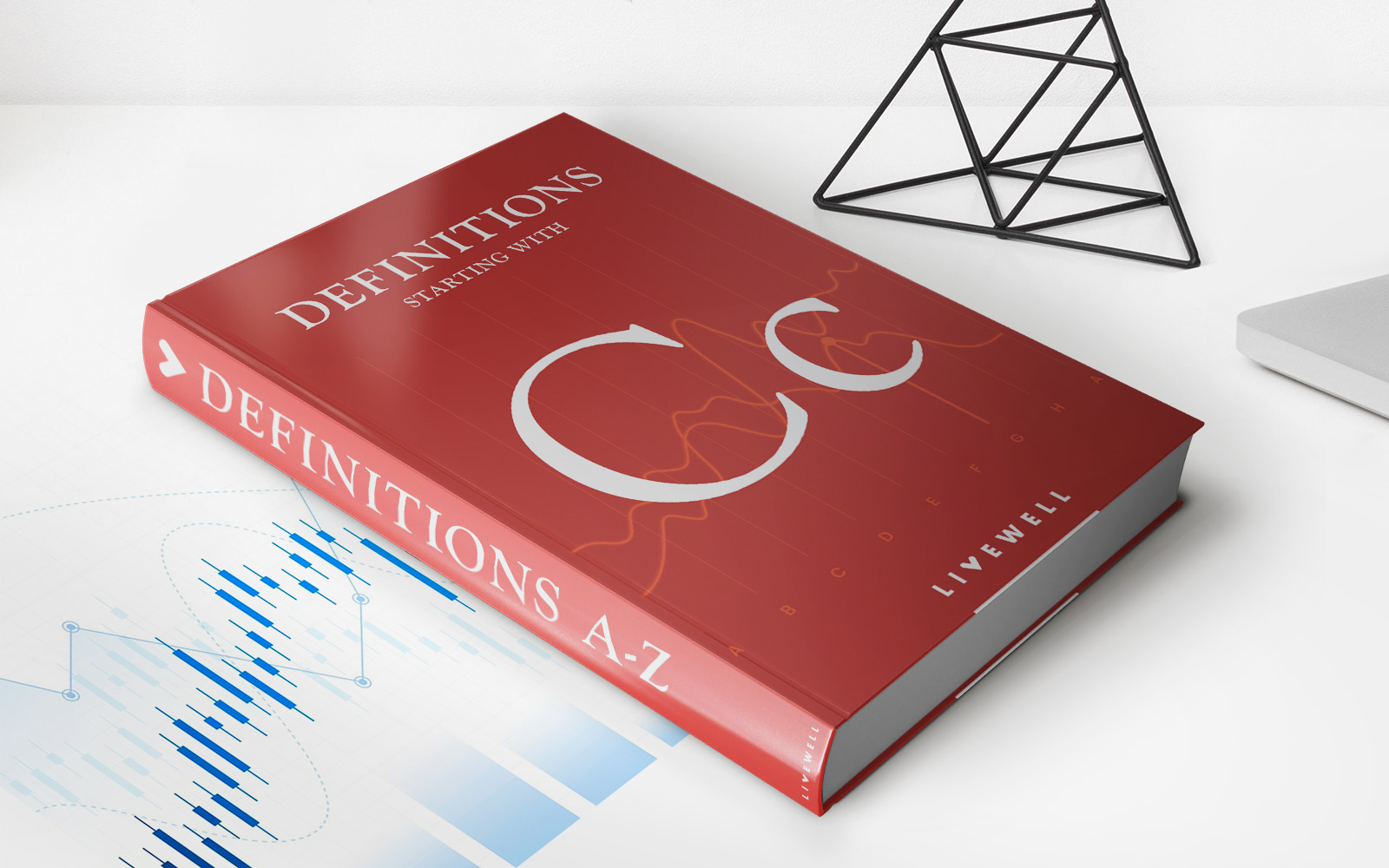Home>Finance>Lease Payments: Definition, Contract Terms, Types Of Leases
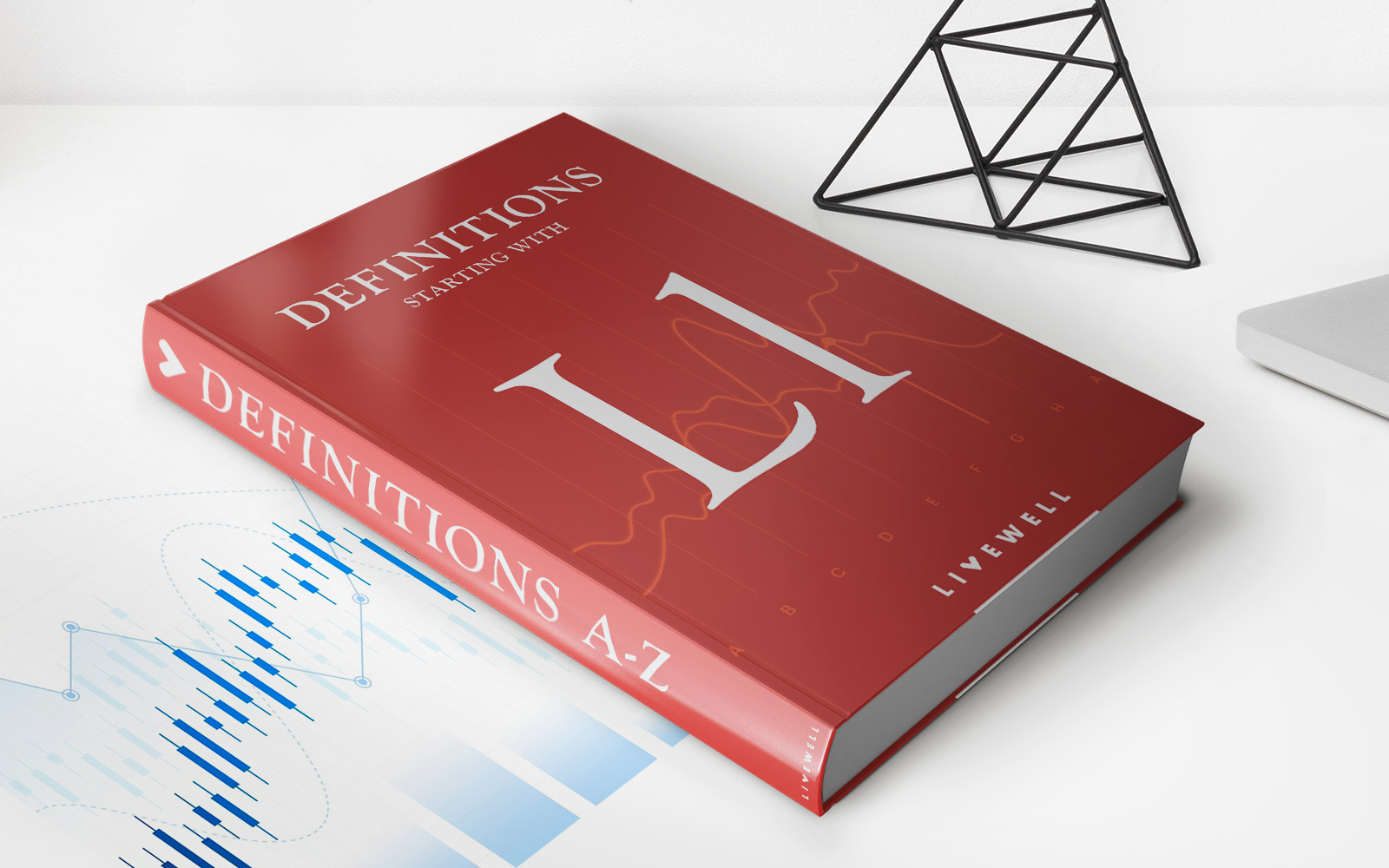

Finance
Lease Payments: Definition, Contract Terms, Types Of Leases
Published: December 17, 2023
Learn everything you need to know about lease payments and their contract terms in finance, including different types of leases- all explained in detail.
(Many of the links in this article redirect to a specific reviewed product. Your purchase of these products through affiliate links helps to generate commission for LiveWell, at no extra cost. Learn more)
Lease Payments: Definition, Contract Terms, Types of Leases
Welcome to the “FINANCE” category of our blog! In this article, we will delve into the world of lease payments. Whether you are a business owner or an individual looking to lease a car or property, understanding lease payments is crucial to making informed financial decisions. We will define lease payments, discuss essential contract terms, and explore the different types of leases available. So, let’s get started!
Key Takeaways:
- Lease payments refer to the regular payments made by a lessee (individual or business) to a lessor (the owner) for the use of an asset or property.
- Contract terms such as lease duration, interest rates, residual values, and maintenance responsibilities significantly impact lease payments.
What are Lease Payments?
Lease payments are the recurring fees paid by a lessee to a lessor for the right to use an asset or property. Rather than purchasing the asset outright, leasing allows individuals and businesses to utilize assets for a specific period while making periodic payments. These payments cover the cost of the leased asset’s depreciation, interest, and any additional charges stipulated in the lease agreement.
Now, let’s explore the essential contract terms that influence lease payments.
Contract Terms Affecting Lease Payments
Understanding the language and terms used in lease agreements is vital for calculating and negotiating lease payments. Here are a few key terms you should be familiar with:
- Lease Duration: The length of time the lease agreement is valid. Longer lease durations typically result in lower monthly payments, while shorter durations may lead to higher payments.
- Interest Rates: Lenders often charge interest rates on lease payments. Higher interest rates will increase the overall cost of the lease, making payments higher.
- Residual Value: The estimated value of the leased asset at the end of the lease term. A higher residual value may result in lower lease payments, while a lower residual value may lead to higher payments.
- Security Deposit: Some lease agreements require lessees to provide a refundable security deposit upfront. Although not directly affecting monthly payments, the security deposit can impact the overall financial commitment.
- Maintenance Responsibilities: In certain leases, lessees are responsible for maintenance and repairs of the leased asset. These additional costs can impact the overall affordability of the lease.
Now that we’re familiar with the contract terms involved let’s explore the types of leases commonly used.
Types of Leases
There are various types of leases available, each suited to specific needs and situations. Here are a few common types:
- Operating Lease: Suitable for businesses that require assets for a short period. In an operating lease, the lessor retains ownership of the leased asset, and the lessee returns it at the end of the lease term.
- Finance Lease: Ideal for businesses that seek long-term use of an asset. With a finance lease, the lessee eventually gains ownership of the asset, making it a viable option for those who want to own the asset without upfront costs.
- Capital Lease: Similar to a finance lease, a capital lease allows the lessee eventual ownership of the asset. However, a capital lease typically has terms and conditions that align more closely with asset financing commitments.
- Ground Lease: Primarily used in real estate, a ground lease allows a lessee to use the land owned by the lessor for a specified period. The lessee usually constructs a building or utilizes the land for commercial purposes.
Understanding the various types of leases can help you determine which option best suits your needs and financial goals.
In Conclusion
Lease payments are an essential aspect of leasing assets and properties. By understanding the definition, contract terms, and types of leases available, you can make informed decisions regarding your financial commitments. Remember to carefully review lease agreements, consider your budgetary constraints, and factor in your long-term financial goals before making any lease commitments. If in doubt, consult with a financial advisor who can guide you through the process and help you make the right choice. Happy leasing!
